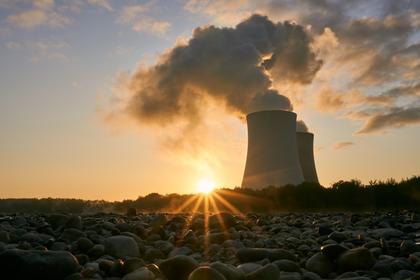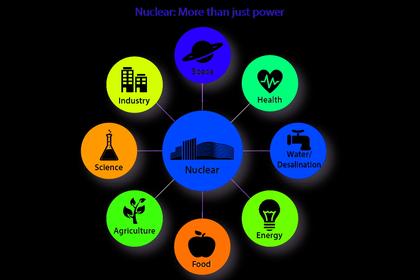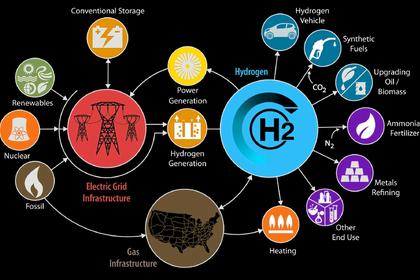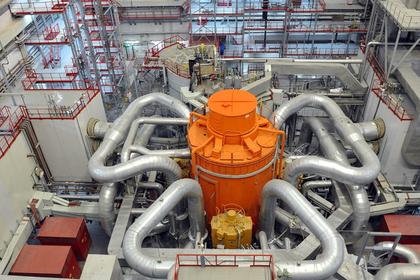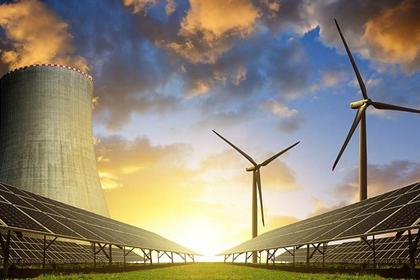
NUCLEAR POWER: THE BEST DECARBONIZER
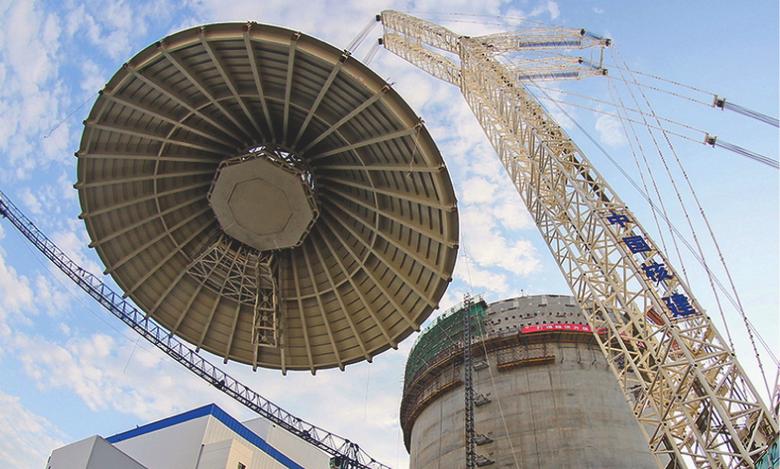
WNN - 22 October 2020 - A new report published today by New Nuclear Watch Institute (NNWI) concludes that new nuclear build is the most efficient way to achieve decarbonisation of the electricity grid, being able to reduce system carbon intensity by up to 34% per megawatt of installed capacity compared to intermittent renewables. It recommends that policymakers look beyond the levelised cost of electricity (LCOE) to assess the overall system impact of power generation technologies.
The Failings of Levelised Cost and the Importance of System-level Analysis explains how the narrow focus of LCOE does not reflect all the variables, including whether or not power generation relies on weather conditions, or if specific technologies may have costly or harmful consequences for the energy sector, society, the environment and the economy.
NNWI is a UK-based think-tank focused on the international development of nuclear energy as a means for governments to safeguard their long-term sustainable energy needs.
"As the world chooses which technologies to back to hasten the replacement of fossil fuels, the report's advice could save billions of pounds for both consumers and taxpayers," NNWI Chairman Tim Yeo said in a statement to accompany publication of the study. "If the energy industry wants to be resilient, cost-effective and decarbonised, we need to ensure that when we talk about power generation technologies, that we are going beyond the LCOE figures and giving the full story," he added.
Popularity of LCOE
The report's main conclusions are that: adding nuclear capacity to an energy system cuts its carbon intensity faster than intermittent renewables; increasing reliance on intermittent renewables entrenches long-term dependence on gas; and, expanding intermittent renewable generation cuts the system capacity factor, increasing the electricity price in the residual market and potentially increasing overall electricity price volatility.
"The popularity of the LCOE metric lies in its simplicity," the report says, "[which] is of clear value to investors and utility companies in assessing the likely profitability of a particular generation project." But in making the LCOE "the go-to means" by which the relative merit of different generation technologies are compared has led to "a number of misconceptions about precisely what notion of value it captures.
"Views differ on the specific configuration of electricity generation technologies that should be encouraged and pursued, with widely varying emphasis placed on different low-carbon electricity sources and related infrastructures. This state of affairs partially reflects an innocuous truism, that the optimal course of action in one area will not necessarily be as effective (or even feasible) in another - as always, context matters."
Integration costs associated with the expansion of intermittent renewable capacity can be "decomposed into their direct and indirect components", it said, with the former relating to direct cost increases in the wider system and the latter relating to the way in which increased intermittent renewable generation serves to reduce its own value. Direct costs are grid and balancing costs, while indirect costs are profile costs.
According to the study, estimates for the system costs imposed by intermittent renewable generation technologies range from 10% to 50% of their levelised cost, depending on the scope of the calculation and the share of total generation for which they account.
Focus on electricity
The report notes that the electricity sector has been the principal focus of climate policy because of the availability of existing low-carbon generation technologies and the high likelihood that the eventual decarbonisation of other sectors, such as heating, industry and transport, will depend in no small part on their greater electrification.
The Intergovernmental Panel on Climate Change stated that the almost complete decarbonisation of the power sector by mid-century will be required to achieve the targets of the Paris Agreement. NNWI says it is "an inescapable fact" that a successful transition to a decarbonised electricity sector will depend on whether or not its delivery can be accomplished in a cost-effective manner that does not compromise on the ability of modern power systems to supply consumers and industry.
Based on data from Europe and the USA, the study emphasises three of its research findings.
Firstly, the annual change in the share of total generation accounted for by nuclear power has the largest (negative) impact on system carbon intensity - ahead of other low-carbon technologies such as hydropower and variable renewable energies. On a per-megawatt of installed capacity basis, nuclear power is associated with a 34% greater reduction in the carbon intensity of a power system than renewable energies.
Secondly, there exists "a notable benefit" of natural gas in terms of reducing system carbon intensity at low shares of variable renewable energies as the dominant motivation for expanding its use it to facilitate coal-for-gas switching, but the effect is notably reduced at higher levels of intermittent renewables as gas becomes "increasingly entrenched" as it is required to balance the electricity grid in times of low renewable generation.
Thirdly, the expansion of intermittent renewable technologies is associated with a concurrent decrease in the capacity factor of the system as a whole, which has implications for the generation cost of the residual load as well as electricity price volatility.
-----
Earlier:
